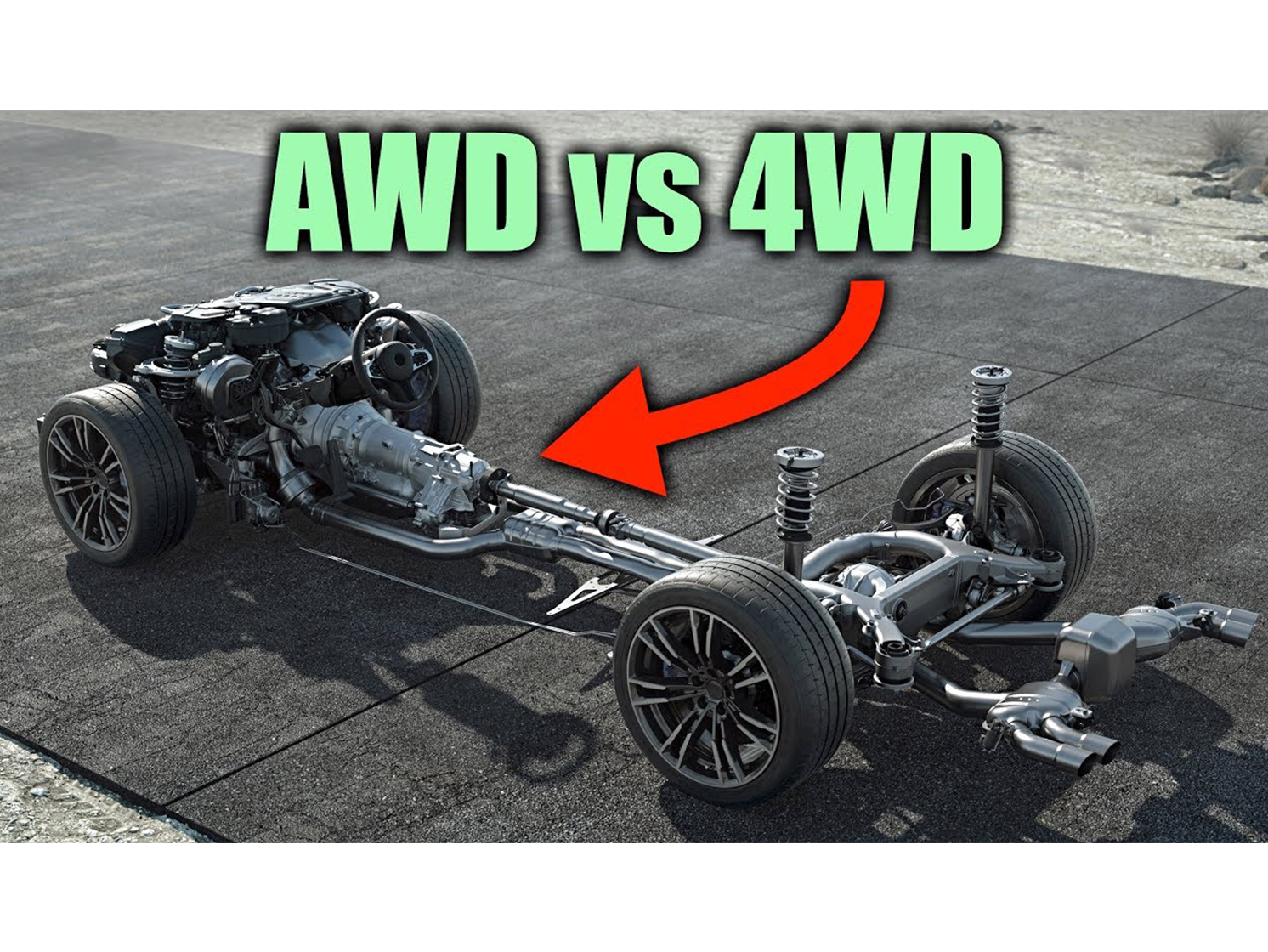Here’s what you need to know about AWD vs. 4WD
Winter is fast approaching, and one of the more common options for combating slippery conditions is sending power to all four wheels by means of four-wheel drive or all-wheel drive. But what’s the difference between the two? As luck would have it, Engineering Explained’s Jason Fenske (along with his trusty whiteboard) has a new video diving into the key details differentiating these two traction-aiding setups.
Typical AWD systems on modern cars are geared towards on-road manners and allowing the car to do all the thinking when it comes to power distribution. Fenske says that the major advantage of AWD is its capability both on and off road. This dual-purpose nature can be attributed to its center differential and clutch pack connected behind the engine and transmission, working in tandem to automatically distribute torque to the axle with the most available traction. The system also instills civility on-road by allowing slippage (or a difference in wheel speeds) between front and rear axles.
Contrast this to 4WD, where the driver has a say in where the torque will go. Control over the drive wheels comes from the use of a transfer case mounted up behind the engine and transmission, allowing the operator to actively choose which wheels receive power. The downside to 4WD, usually, is driveline bind. Once locked, the transfer case will generally send a fixed ratio of torque between the front and rear of the vehicle. While not a concern when off-roading (where tires can easily slip to compensate) binding can lead to poor handling and excess driveline wear when used on high-traction surfaces like pavement.
Generally speaking, cars and light crossovers will lean towards AWD, while pickups and off-road-focused SUVs tend to utilize 4WD. Fenske also notes that his demonstration vehicle, a 600-horsepower 2019 BMW M5, is a bit of an outlier, as a driver-operated transfer case lives beneath this super sedan’s skin. Through the use of some German ingenuity, BMW was able to eliminate binding while also allowing the driver to select between drift-friendly 2WD and grip-focused 4WD modes, successfully combining the positive attributes of both setups.
At the end of the day the best thing you can do before winter is get yourself a good set of winter tires, but dedicated winter rubber and capable AWD or 4WD system will make you confident in just about all reasonable conditions.


